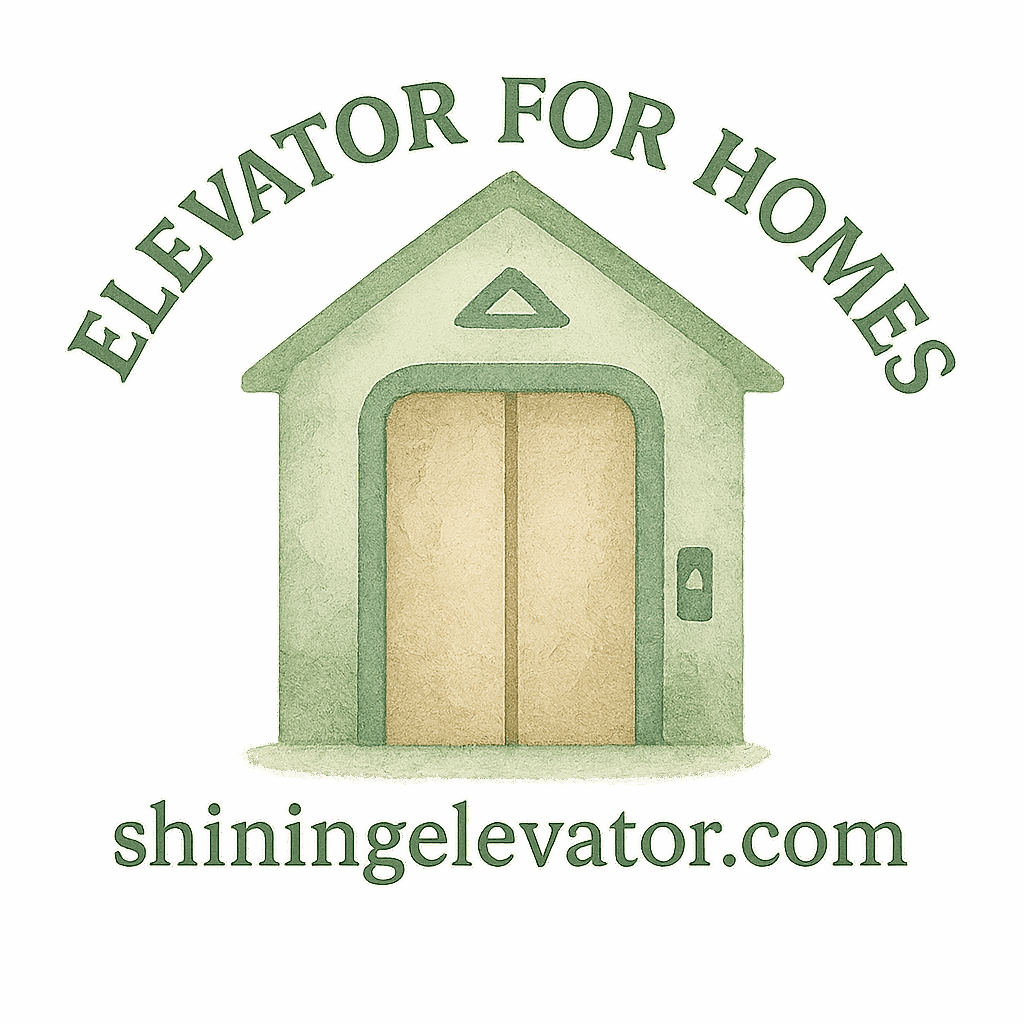Introduction: Why Residential Elevator Safety Matters
Residential elevators have become more than just a luxury—they’re a practical solution for seniors, people with mobility challenges, and families living in multi-story homes. But just like cars need seatbelts and brakes, elevators need strict safety standards to protect everyone who uses them. Whether you’re considering installing a new lift or already have one, knowing these standards can mean the difference between peace of mind and unnecessary risks.
Understanding Residential Elevators
The Rise of Home Elevators
Gone are the days when home elevators were only seen in mansions. With compact elevator options and space-saving lifts, even small homes can integrate this feature.
Common Uses and Benefits
From making it easier to carry groceries upstairs to providing safe access for aging parents, residential elevators have quickly become a must-have. But with convenience comes responsibility—the responsibility to keep them safe.
Safety Standards Every Homeowner Should Know
1. Proper Installation by Certified Experts
Importance of Licensed Elevator Companies
A safe elevator begins with professional installation. Always work with licensed elevator providers who understand local building codes and manufacturer specifications.
Risks of Unqualified Installations
Cutting corners by hiring unqualified contractors can lead to malfunctions, costly repairs, and safety hazards.
2. Routine Maintenance and Inspections
Preventive vs. Reactive Maintenance
Think of maintenance like doctor checkups. Preventive care ensures small issues don’t snowball into major accidents.
Setting a Maintenance Budget
Setting aside a maintenance budget avoids surprise expenses and ensures long-term safety. Learn more about installation & maintenance here.
3. Emergency Communication Systems
Built-in Phones and Intercoms
An emergency communication system lets trapped passengers call for help immediately.
Backup Power and Alarm Buttons
Elevators should include alarm buttons and backup batteries so riders aren’t left helpless during power outages.
4. Safety Doors and Gates
Automatic Locking Mechanisms
Doors should remain locked while the elevator is in motion to prevent dangerous accidents.
Preventing Child Accidents
Child-proofing is essential—kids are naturally curious, and unsecured doors can become a hazard.

5. Load Capacity and Weight Limits
Risks of Overloading
Overloading isn’t just about straining the elevator—it can cause sudden failures. Always respect posted limits.
How to Educate Household Members
Simple reminders to family and guests help ensure limits aren’t ignored.
6. Accessibility Features for Seniors
Non-slip Flooring
Slips inside an elevator can be just as dangerous as falls on the stairs. Non-slip flooring is a must.
Handrails and Easy-to-Reach Controls
For seniors or people with disabilities, accessibility features like senior safety handrails make all the difference.
7. Emergency Power Backup
Battery-Operated Lowering System
In the event of a blackout, battery backups can safely lower the elevator to the nearest floor.
Generator Integration
For larger homes, integrating the elevator with a backup generator offers seamless safety.
8. Proper Lighting Inside the Cabin
LED Illumination and Visibility
Good lighting ensures riders feel safe and can move around confidently.
Motion-Sensor Lighting
This adds convenience and prevents dark, unsafe cabins.
9. Space and Clearance Regulations
Compact Elevator Options
Installing a small home elevator doesn’t mean compromising on safety.
Avoiding Hazardous Gaps
Elevators must meet clearance standards to prevent entrapment accidents.
10. Child Safety Precautions
Locking Systems and Supervision
Children should never operate elevators unsupervised. Locks and parental guidance are key.
Sensor Technology
Modern elevators use sensors to detect obstructions and prevent door accidents.
11. Compliance with Local Building Codes
Working with Trusted Elevator Providers
Only trusted elevator companies can guarantee compliance with elevator types & features that meet legal standards.
Inspections and Certifications
Regular inspections confirm your elevator remains safe and legally compliant.
The Role of Homeowners in Elevator Safety
Educating Family Members
From kids to elderly parents, everyone should know the basics of safe elevator use.
Keeping a Safety Checklist
Monthly checklists help homeowners catch potential problems early.
Cost vs. Safety: Why Cutting Corners is Risky
You might be tempted to choose a cheaper option, but remember: elevator safety isn’t a place to save money. Cutting corners now could mean higher elevator expenses or even accidents later.
Future of Residential Elevator Safety
Smart Elevator Technology
Elevators are getting smarter—some now alert homeowners about maintenance needs before a breakdown occurs.
AI-Powered Predictive Maintenance
AI systems can analyze elevator data to predict when parts will fail, ensuring proactive replacements.
Conclusion
A residential elevator can make life easier, safer, and more enjoyable—but only if it’s installed and maintained with safety in mind. By following these 11 expert-recommended safety standards, you’ll protect your loved ones and your investment.
For more resources on safety and accessibility, design customization, and budgeting & planning, visit Shining Elevator.
FAQs
1. How often should a residential elevator be inspected?
At least once or twice a year, depending on usage and manufacturer recommendations.
2. Are residential elevators safe for children?
Yes—if they’re equipped with child safety locks, sensors, and supervised properly.
3. Can residential elevators run during a power outage?
Not always, but models with emergency power backup can safely lower passengers.
4. How much weight can a residential elevator carry?
Most models handle between 500–1,000 pounds, but always check your manufacturer’s specs.
5. Do home elevators increase property value?
Absolutely. Beyond accessibility, they add a luxury appeal that attracts buyers.
6. What’s the average cost of elevator maintenance?
Costs vary, but having a set maintenance budget ensures you’re prepared.
7. Can I customize my elevator design?
Yes, many providers offer elevator customization options for interiors, doors, and finishes.


